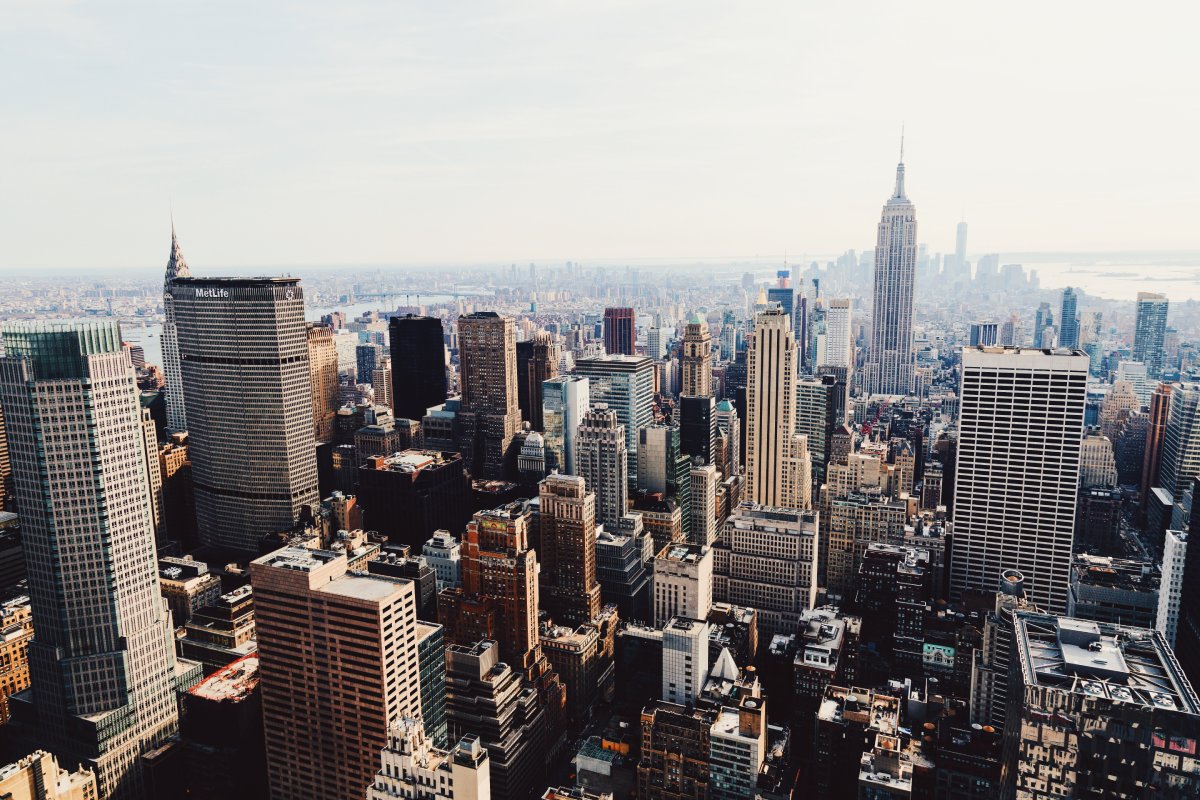Skift Take
Large urban destinations will soon find the downfall of the Monday-to-Friday office schedule is actually at the very least a mixed blessing for their tourism sectors.
Some large cities are increasingly leaning on rising tourism as a way to make up for a hybrid worker model that has undermined the economies of their central business districts.
Projections released on Wednesday suggested that several urban centers are only going to see greater benefits from visitors. Paris’ travel and tourism sector will rise in value from $36 billion to $49 billion over the next ten years, the World Travel and Tourism Council said. New York’s will rise to $21.73 billion from $12.4 billion.
The recovery will be uneven, though. In 2023, the tourism sector worldwide is forecast to reach $9.5 trillion, just 5 percent shy of its 2019 level, according to a new report from the tourism body with help from the consultancy Oxford Economics. Yet the gains won’t be evenly spread around. While several major cities have already surpassed their prepandemic levels, most remain below.
Every bit of economic juice will help plug the shortfall. During the pandemic, many workers deserted their city offices and adopted remote work. Since then, they’ve been reluctant to resume long commutes. Some of them simply can’t return because they’ve moved out of the city to work remotely in smaller cities, such as Chattanooga, Tennessee.
In February, office vacancy hit a new post-pandemic record for Washington D.C., New York, San Francisco, Philadelphia, and six other large U.S. cities, at 50.4 percent. In major European cities, the office return is inching closer to the pre-pandemic level average of around 70 percent, according to Savills, a commercial real estate firm.
The norm for many knowledge worker jobs is currently a hybrid mix of office and remote, where workers spend two to three days in an office or coworking space.
“One hundred percent remote work doesn’t exist so much, finally — except for specific companies,” said Corinne Menegaux, managing director of Paris Convention and Visitors Bureau.
City mayors are urging their large employers to mandate workers come back. New York Mayor Eric Adams has urged Wall Street firms to return to downtown Manhattan. The city is losing over $12 billion in worker spending, Bloomberg News reported.
In her inaugural address, Washington D.C. Mayor Muriel Browser called on the Biden Administration to get federal employees back in their offices. The federal government represents one-quarter of DC’s pre-pandemic jobs and owns or leases one-third of DC’s office space, Browser said.
When Biden released new back-to-office guidance to federal employees, the U.S. Travel Association applauded the move. Such workers are “vital to strengthening urban centers, making these communities more attractive to visitors,“ said Tori Emerson Barnes, executive vice president of public affairs and policy of the U.S. Travel Association.
Filing the Worker Spending Gap
While offices are still vacant, global tourism is returning to normal. In 2023, global tourism will reach $9.5 trillion, 5 percent below its 2019 pre-pandemic level, according to the World Travel and Tourism Council.
Tourists are making up for some of the worker spending gaps. In New York, tourist spending in downtown Manhattan at restaurants, museums, and other businesses is making up for shortfalls.
Last summer, Paris absorbed strong spending from international tourists, especially Americans.
“When you see what Americans spent last summer, that was amazing,” Menegaux said.
New York tourism officials expect tourism will be more important than ever for the city’s economic success as offices maintain high vacancy rates. “Tourism is the solution to some of these challenges, so that’s why we are hyper-focused on fully getting back to 2019 levels and beyond,” said Fred Dixon, president and CEO of New York City Tourism + Conventions.
For some large urban centers, tourists filling the worker gap has messed up the balance between locals and tourist experiences. In Amsterdam, retail stores have increasingly focused more on servicing Red Light tourists now that offices have moved out of the center, said an amsterdam&partners spokesperson. This has attracted unwelcomed tourists and encouraged the conversion of housing into short-term rentals — which some argue make cities less livalbe or affordable for residents. One Amsterdam resident pointed out that cannabis shops have proliferated to service such tourists.
Neighborhoods Gain New Life
Some cities have woken up to the fact that workers won’t be coming back. In San Francisco, the tourism bureau has been collaborating with the mayor, chamber of commerce, and other organizations to rethink downtown and make it easier for alternative types of businesses to help fill in the city’s record 30 percent office vacancy rate, said Joe D’alessandro, president and CEO of San Francisco Travel. San Francisco is focused on diversifying downtown with entertainment, retail, restaurants, and art and cultural attractions.
An indirect consequence of workers staying home will be that neighborhoods will transform as they absorb spending.
“People working remotely are investing again in their own neighborhoods during the week, which wasn’t the case before,” said Paris’ Menegaux. While it’s too early to tell, that will probably change the shops, restaurants, and other businesses in those areas, she said.
Popular tourist neighborhoods like North Beach, San Francisco, are seeing new shops, restaurants, and high-end grocery stores have been popping up now, while downtown is still slow to recover, said D’alessandro.
“You see a lot of this activity in the neighborhoods because people are working at home instead of working in their office,” he said. “There’s more activity in North Beach today than there was before the pandemic.”
The Daily Newsletter
Our daily coverage of the global travel industry. Written by editors and analysts from across Skift’s brands.
Have a confidential tip for Skift? Get in touch
Tags: amsterdam, international travel, new york city, nyc, paris, san francisco, urban renewal
Photo credit: Manhattan, New York Zach Miles / Unsplash

